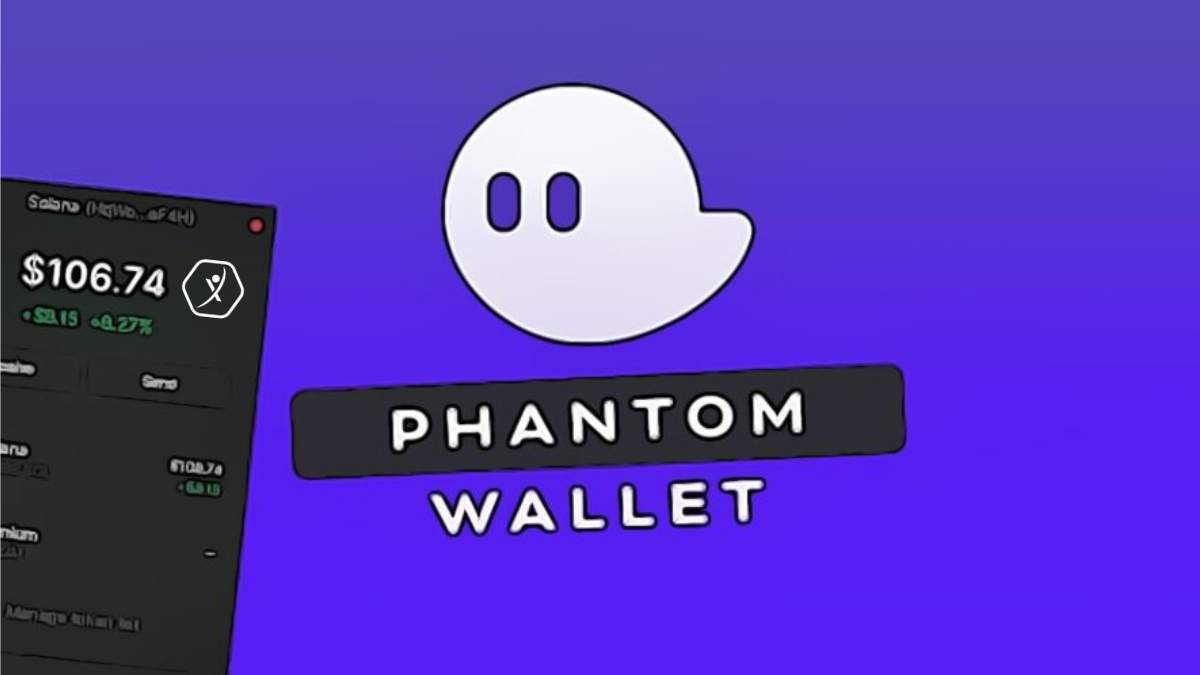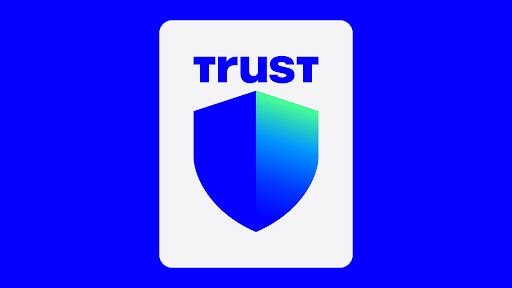Okay, so check this out—I’ve been juggling wallets more than my morning coffee order. Wow! It gets messy, fast. One moment you think you own an NFC-sized set of positions; the next, you’re staring at a dozen approvals, airdrops you forgot, and a lending slot that’s earning nothing. My instinct said this was solvable. Initially I thought spreadsheets would do the trick, but then realized spreadsheets lie to you when protocols rebase and positions morph across chains. On one hand it’s liberating to move capital freely; on the other hand it’s a housekeeping nightmare that’s only getting worse as DeFi layers stack and composability multiplies.
Here’s the thing. DeFi isn’t just about token balances anymore. Short. Positions are multi-dimensional. Medium: you hold LP tokens, you borrowed stablecoins on one chain, you staked in a vault on another, and you approved contracts you barely remember. Long: and because protocols now stage interactions across aggregators, rollups, and cross-chain bridges, your interaction history—who you approved, where you supplied liquidity, and how long you’ve been in a position—matters as much as nominal token totals when assessing risk and opportunity.
Seriously? Yes. And that’s where a modern DeFi portfolio tracker, paired with a credible Web3 identity layer and a clear protocol interaction history, becomes not just convenience but safety. I’m biased, but having a single dashboard that surfaces all the weird, important stuff saved me from a rug-pull panic last year. Not kidding. I caught an old approval that would have let a malicious contract drain a small slice of an LP I’d forgotten about. Hmm… I still get chills.

What to expect from a good DeFi portfolio tracker
Short answer: clarity. Really. You want a tracker that shows net asset value across chains, breaks down unrealized P&L, and highlights active protocol exposures. Medium: it should also show historical interactions—like approvals, swaps, and staking events—so you can audit your path of risk. Long: and crucially, it ought to connect your Web3 identity (wallet addresses, ENS, on-chain handles) to those interactions in a way that respects privacy but makes sense when you’re doing a risk review or filing taxes.
Check this out—my favorite trackers do three things well. One: they normalize multisource data so TVL and token prices are apples-to-apples. Two: they let you dig into interaction history to see whether an address you interacted with later deployed weird contracts. Three: they integrate with governance and snapshots so you’re not surprised by delegated votes you made ages ago. Small UX things matter here too: color coding for borrowed vs owned, alerts for expiring lockups, and an easy way to revoke approvals.
Web3 identity: more than vanity, it’s operational
Hmm… people treat Web3 identity like a flex sometimes. But actually, wait—it’s operational. Short: having consistent identifiers across platforms reduces friction. Medium: ENS names, Lens profiles, or simple address tags let you group funds and interactions. Long: when paired with a portfolio tracker that allows you to trace inheritances of positions—like wrapped tokens, bridged assets, and derivative exposures—your identity layer becomes a map of permission boundaries and historical context, which is invaluable for incident response and compliance checks.
On one hand, privacy matters; on the other, transparency is how you find vulnerabilities. I’m not 100% sure on the best privacy-preserving methods for every use case, but pragmatic identity systems let you opt into visibility (e.g., tax reporting) while keeping casual browsing anonymous. Somethin’ like layered identities can work: a public handle for governance and a private tag for tax reporting. It isn’t perfect. It rarely is. But it helps.
Protocol interaction history — why it’s your new best friend
Short burst. Really. Your interaction log is a forensic record. Medium: approvals, smart-contract calls, and swaps show intent and capability—did you give a router unlimited approval years ago? Long: those historical calls show you the exact sequence of actions that can be exploited, or that could lead to conflicting positions when protocols update or migrate liquidity.
Here’s an example from my playbook. I had a strange leftover approval to a defunct bridge that, if exploited, could’ve let an attacker pull a cross-chain peg. I dug into the interaction history and saw it tied to a swap aggregator I used in 2021—no longer relevant. Revoking that approval took two clicks in a good tracker, and peace of mind followed. Little things like that compound across wallets.
Okay, so check this out—analytics matter too. Medium: aggregate metrics like concentrated liquidity exposure, impermanent loss windows, and the age of your major positions should be surfaced so you can prioritize actions. Long: the tool should allow scenario simulation—if rates change or a liquidity pool rebalances, how does your net exposure shift? This is where the smart trackers differ from static snapshots.
How to pick a tracker without surrendering your keys
Short: never give private keys. Seriously. Medium: use read-only connections where possible, and prefer trackers that rely on RPC or indexed data rather than custodial API access. Long: check open-source status, audit history, and how they store derived data; encrypted server-side caches are okay, but a leak would still expose metadata that can link identities to flows.
I’ll be honest—there’s a tradeoff between convenience and privacy. Wallet-connect integrations are handy. So are features that remember your addresses. But those conveniences come with telemetry. Decide your threat model. If you’re managing funds publicly, you might be fine with aggregated indexing. If you’re building an ops-level hedge fund, you probably want on-premise or self-hosted indexing and stricter access controls.
One practical tip: use a dedicated review address. Send small test transactions from that address when you interact with new contracts. Track it. It becomes a Canary. You’ll thank me later. Also, very very important: set up notification thresholds for large moves and approvals. Don’t wait till the morning after.
Tools and integrations worth checking
Short. Wallet aggregators and block explorers are baseline. Medium: the good ones plug into price oracles, multi-chain indices, and on-chain governance platforms. Long: they also allow you to export interaction histories for off-chain analysis or to feed into tax and accounting systems, which is a lifesaver come April if you’re in the US—or any jurisdiction that wants to know.
For anyone building out a stack, you should take a look at solutions that combine portfolio visibility with protocol history. One site I’ve bookmarked for regular checks is the debank official site. It’s a practical example of how a dashboard can tie together balances, approvals, and protocol data across chains without feeling like a data dump. (Yes, I’m mentioning this because it’s been genuinely helpful in my workflow.)
On a tangent—security tooling integration is underrated. If your tracker can feed suspicious transaction patterns into a watchlist, or support emergency session revokes, that reduces response time from hours to minutes. That matters in fast-moving markets.
FAQ: quick, usable answers
Do I need to connect every wallet to a tracker?
No. Short: only connect read-only when possible. Medium: for active management, connect the wallets you use for trades and DeFi, but keep cold storage separate. Long: preserve an audit trail by labeling addresses and keeping a private ledger of which address holds what, so you can unlink identity when needed.
How do I handle approvals I no longer need?
Revoke them. Seriously. Use your tracker or a revocation tool to list and cancel unlimited approvals. If you have many wallets, automate revocation checks weekly. It’s routine maintenance—like changing passwords, only on-chain.
Can trackers help with taxes?
Yes, somewhat. Short: trackers export histories. Medium: they can tag events as buys, sells, swaps, and income. Long: but tax rules vary by country, and calculations for wash sales, like-kind exchanges, and complex derivatives often need specialized tax software or an accountant familiar with crypto—so use the tracker as input, not as final authority.
Long thought to end on: DeFi is maturing into an environment where operational hygiene is a competitive advantage. You can have all the alpha in the world, but if your approvals and cross-chain interactions are messy, you’re exposed. Initially I thought a portfolio tracker was a luxury. Now I treat it like the first line of defense. There are still gaps—privacy vs usability is one, and UX for complex derivatives is another—but the direction is clear.
So: clean up your approvals, tag your addresses, adopt a tracker that gives you protocol histories, and keep learning. This is not zero to sixty overnight. It’s incremental. It’s messy. It’s human. And frankly, that’s the fun part.









